Do you envision an intimidating urban loft in Soho or even Bushwick when you think of industrial-style decor? You wouldn't be completely inaccurate, but there's a lot more to it. Industrial home decor is contemporary, raw, and adaptable. This design style is not new, but it has recently become more and more popular. Industrial style takes us back to the fundamentals of existence, where the essentials were most important. It is simple to create an industrial appearance that is a reflection of you, whether in a little studio apartment, a tiny flat, or a large conventional home.
The origins of industrial design may be traced back to the early 1900s when the industrial revolution was just beginning. Industrial design innovation has played a significant role in the fast expansion of industries. Over the years, it has also contributed value to a variety of items. The idea of this style is to retain furniture and accessories in their raw, unfinished condition. This type of decor is highlighted by bare, straight-lined furniture, metal and exposed wall fittings, raw hardwood furniture, and basic mono-tone furnishings. The Aumbrey Coffee Table pictured above is sold by Valyōu Furniture and is a strong example of industrial furniture. Although it appears basic, it exudes subtle beauty and may be customized to fit individual design preferences.
How To Add an Industrial Look to Your Home?


If you want to learn more about Industrial Design, we'll offer you a brief rundown of this trendy decorating style inspired by factories or workshops. It is possible to combine industrial design with a wide range of decorative interests. You don't have to go completely industrial to incorporate parts of this design into your house. Here are the most common industrial decor components and tips we have found.
Open Space Layout


Because so many of these converted warehouses transformed one large area into a living space, industrial design still maintains that open-concept vibe today. Living rooms are frequently contained in one huge room, with cabinets or screens dividing the spaces. Furniture, rather than walls or architectural materials, is utilized to define the use of various areas. In the industrial style, where a wall would normally separate a bedroom and living area, that divider could be a massive dresser, for example.
If you have the space, go all-in on an open concept design. If not, focus on making the area as open as possible. Make sure your design incorporates a lot of negative space. Instead of filling the space, make sure it directs the eye to the focal point. Keep any routes throughout the space as broad as possible, and aim to restrict any new acquisitions to objects that serve dual purposes in terms of use and aesthetic value.
Exposed Material


Some of the most essential components of industrial style are materials and finishes. Think of urban loft spaces as the industrial ideal. You can have a lot of fun trying to recreate that vibe. Residents, architects, and designers opted to accentuate rather than conceal the inherent, function-driven qualities of warehouses and industrial buildings. This includes bare walls, concrete or wood flooring, and rough ceilings, as well as a lot of exposed pipes, beams, and masonry.
Exposed brick walls in your home or apartment are a huge interior design plus. Exposed brick also offers a retro industrial aesthetic due to its vast spectrum of warm, natural hues. Brickwork also provides character and rustic appeal to any decor and may give any space an industrial vibe. Exposed concrete walls and ceilings, as well as exposed air ducts, can also be used to establish the tone for a lighter color palette. Remember that the final result is an area with an "unfinished" appearance. If your home doesn’t have exposed brick there are a few methods to get the look.
Metal and Wood


One of the simplest ways to emphasize this contrast is to use different types of wood and metal throughout your design. In the image above you can see subtle differences in the wood accents on the Baluster Bookcase and the Duarte Sofa. When shopping for wooden items, there is a specific aesthetic you'll want to go for. Instead of looking for new, completely finished pieces, seek furniture that appears to have a past. This worn appearance may be created in a number of ways.
The finish you select will have a significant impact on your overall appearance. Choose a brushed or oiled finish if you want the space to seem more vintage. Polished chrome, on the other hand, is the way to go if you want the area to seem very on-trend. Also, keep in mind that metal isn't only for fixtures. It may be utilized for anything in this decor style from storage units to kitchen bar stools. The Portage Chest is an excellent example. Each cabinet has shelves on the interior for better storage management. You can use this in your own kitchen to highlight the industrial kitchen look of these cabinets or mix them in with your normal dining room or bedroom decor as a focal piece.
Embrace Rough Texture


While minimalist and Scandinavian designs add texture to their streamlined rooms with wool, sheepskin, and linen, industrial design keeps things rough around the edges. The texture appears in the shape of wood and metal (both surfaces and furniture), hard concrete, and exposed brick, which, thanks to the red tone, helps warm up a space without the need for soft fabrics. If you want to add some softness, choose antique and vintage carpets and laundered linens to keep the space from feeling too chilly and unapproachable.
Aged leather, hand-thrown stoneware, faded plaster, limewashed brick, and exposed concrete walls all have toughness and bareness of materials that fit the bachelor pad vibe wonderfully. They are all fairly safe choices for reproducing the industrial style, whether used together or separately.
Combine Old and New
Trying to define industrial design is difficult since certain features of it feel vintage while others are completely modern. It does not entirely fit one style or the other, but rather is a hybrid of the two. Large steel windows and open-concept interiors with a neutral color palette and clean, streamlined furnishings give the design a sleek and modern air. Exposed pipes or brickwork, a lived-in sense, and old furniture distinguish the style from more stark minimalism.


But, just because you're a collector or an antique aficionado doesn't mean your home needs to look like an 18th-century tavern parlor. To genuinely reflect oneself, mix and match items such as the Duarte Sofa with a bent plywood chair, contemporary sconces with classic lamps, and imitation taxidermy with abstract paintings.
Add Your Personal Touch


An industrial-style living area exudes effortless calm and ease of upkeep. Fill your factory ceilings with books to channel your inner bookworm. Infuse prim and appropriate detailing, cozy couches, and stunning light fixtures into a concrete-lined area. Add an electric fireplace in the center of your living room, which can be made of copper and glass. Create your own industrial-style interior design. Something that may look out of place at first, such as a replica antique telephone, is a wonderful complement to a home that blends industrial and rustic aspects in its design. At its heart, the industrial style is adaptable enough to fit into almost any home.
However, it is critical to layer in various types of textures to avoid a cold, uninviting industrial space. Too much of one style will not highlight the various aspects of your personality and will not make your home feel like you. Mix and match to find your unique design style that integrates all of your favorite styles, as well as how to apply it to every space in your home, so you can make quick, confident judgments and build a home that reflects your personality.

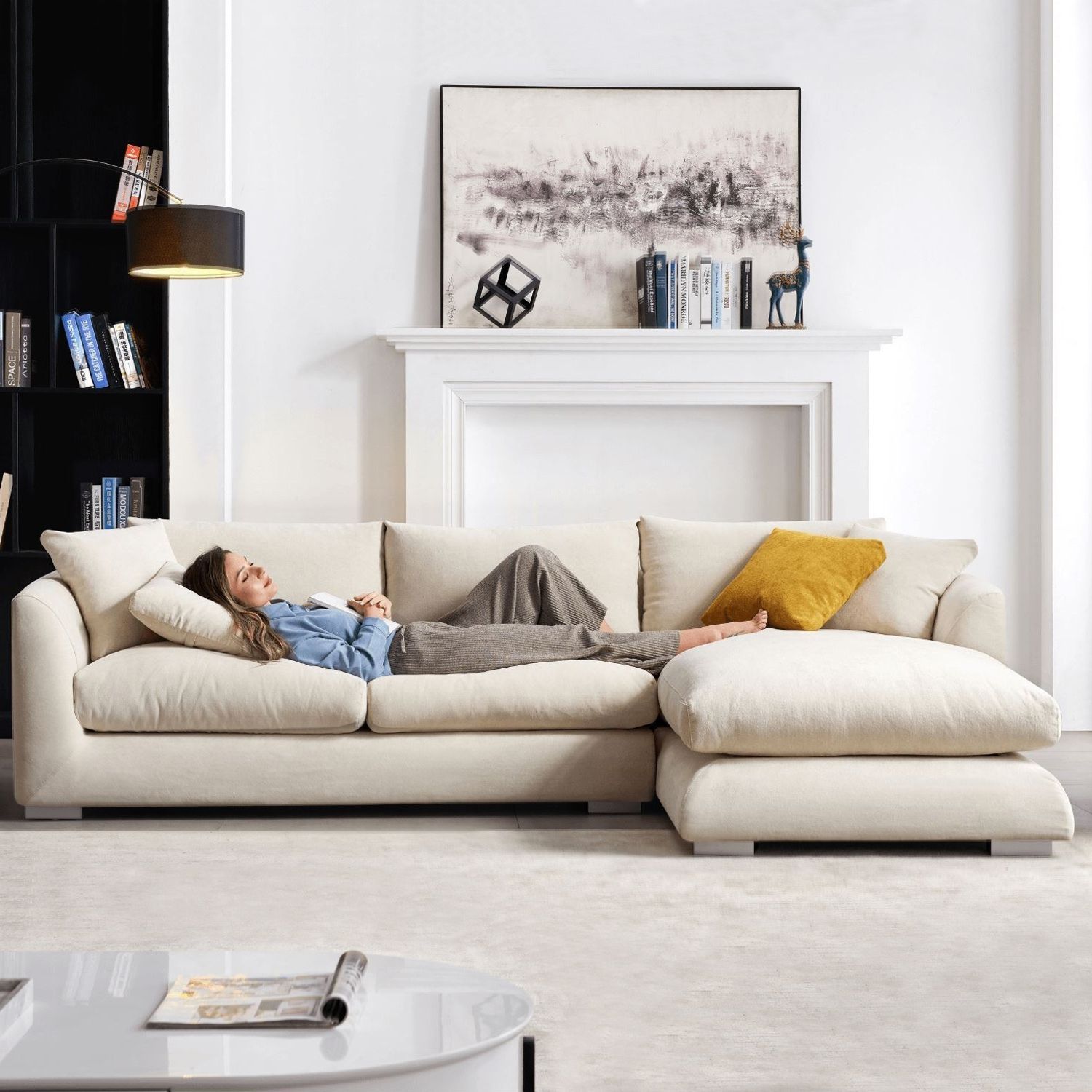
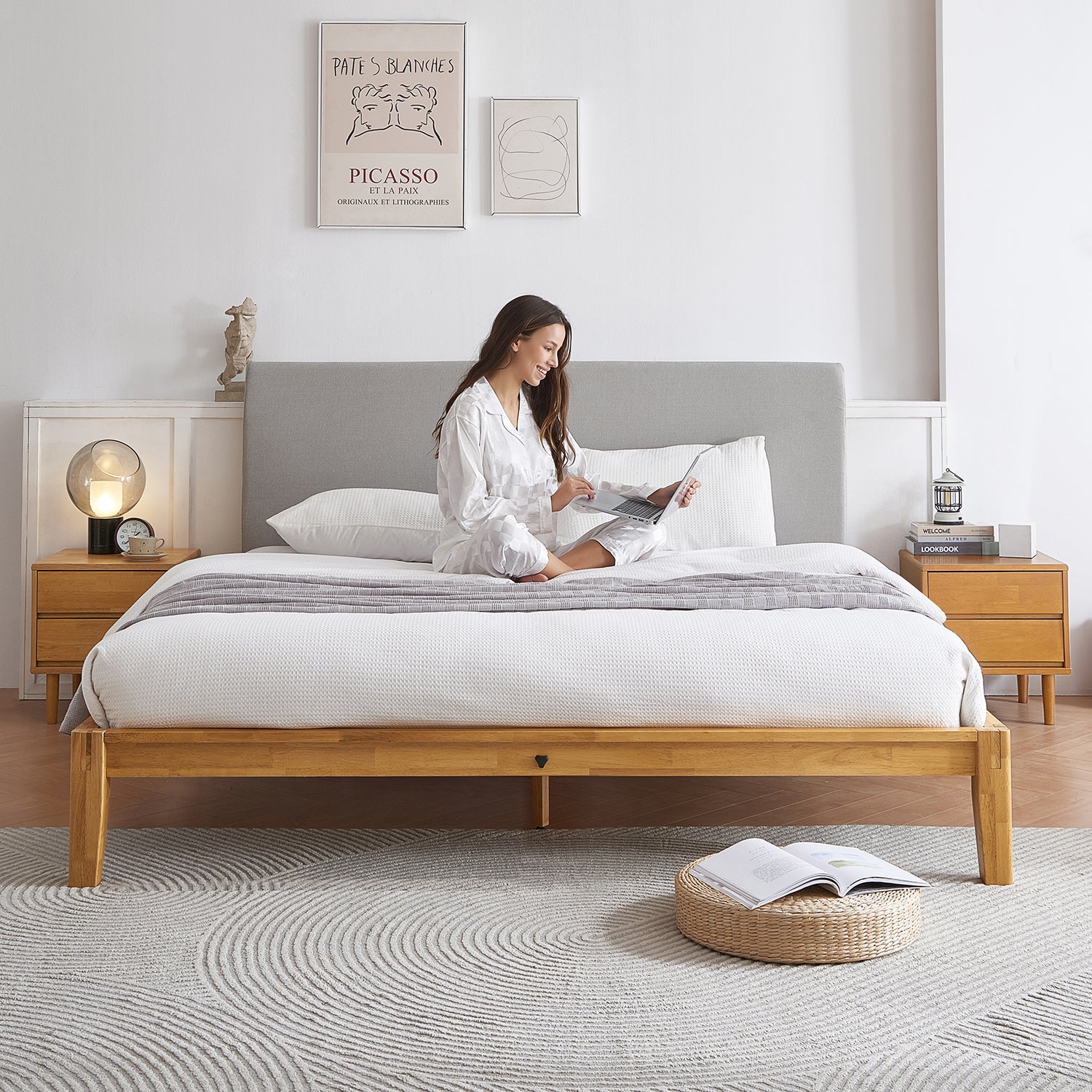

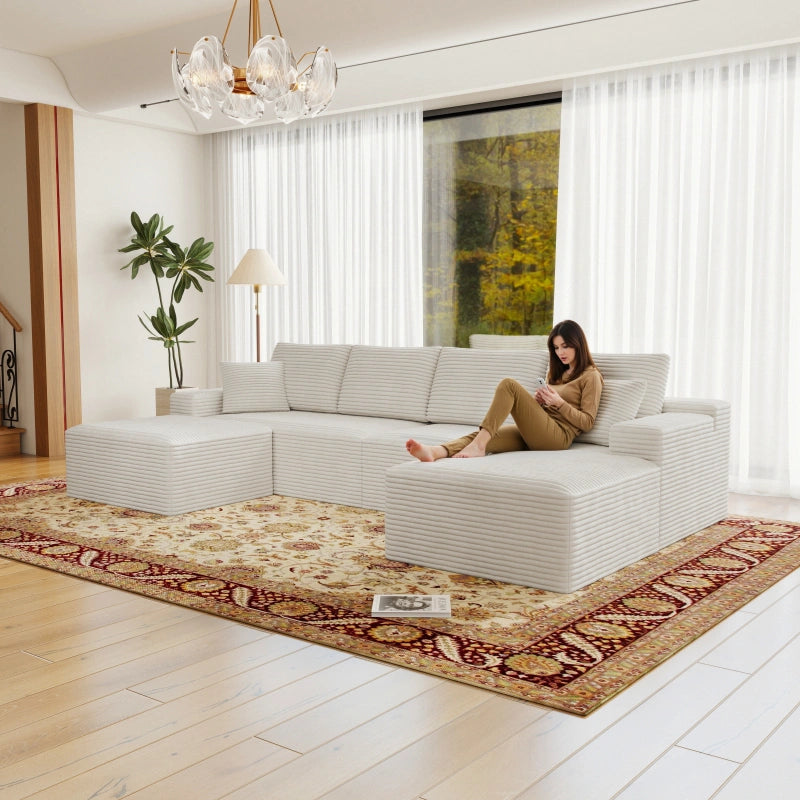

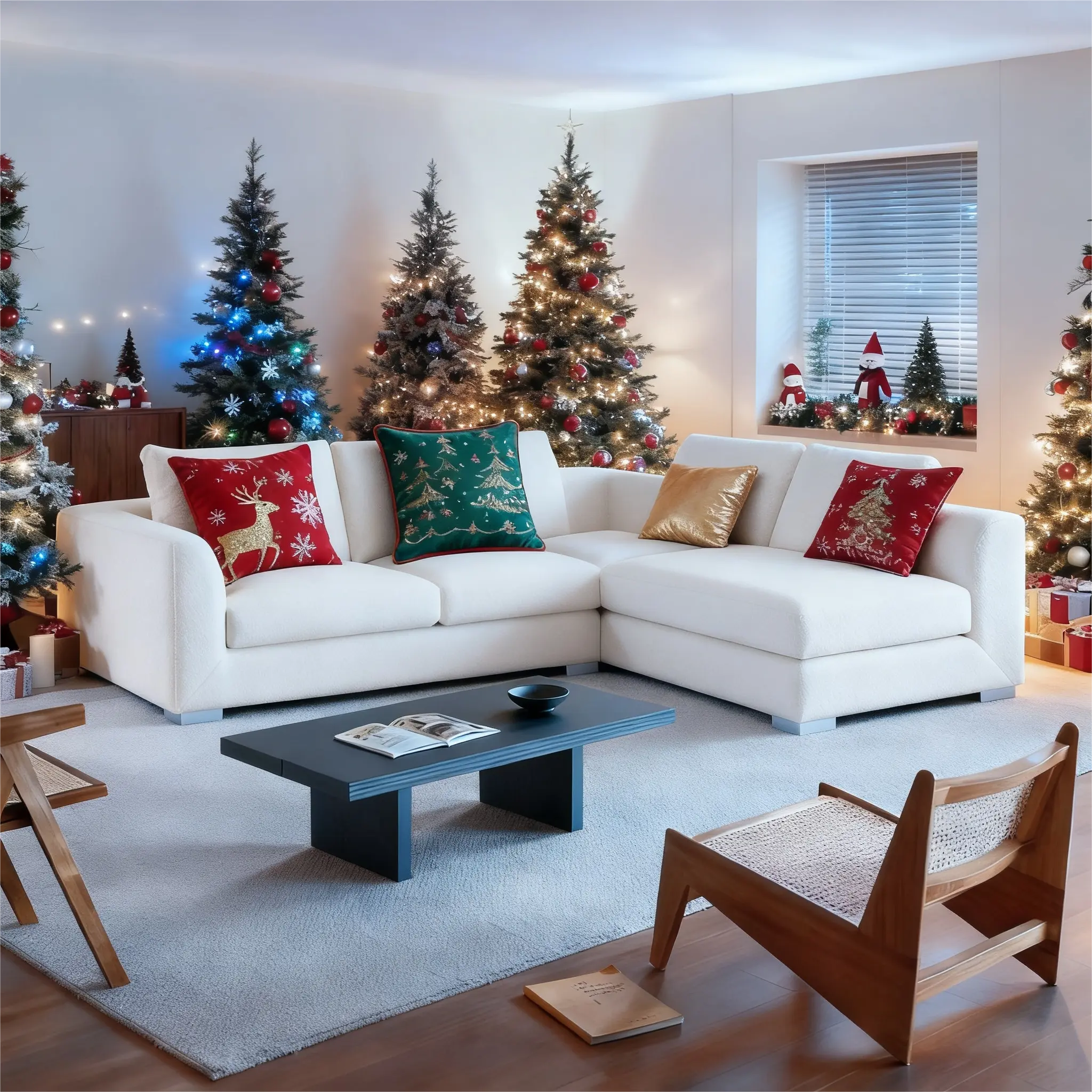

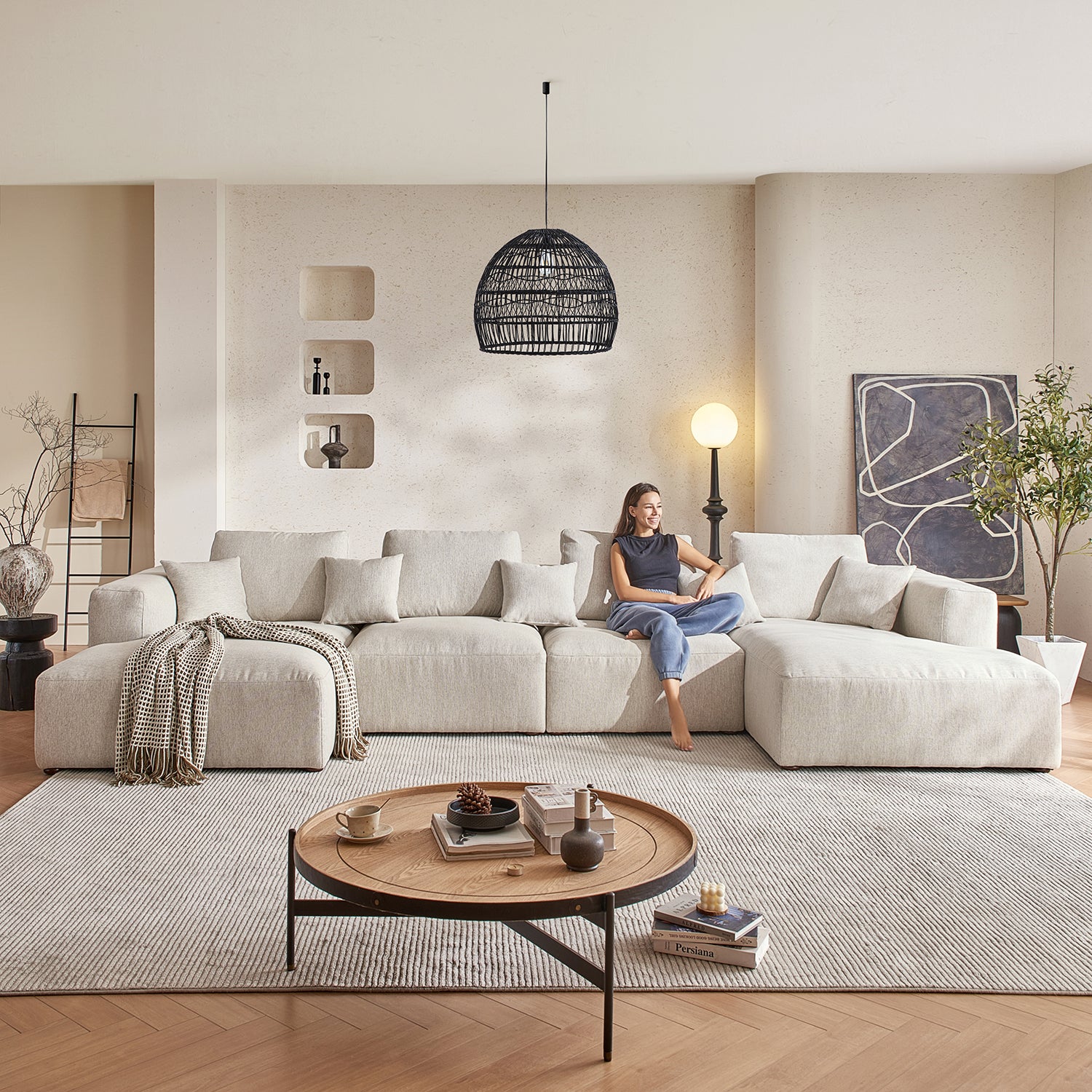
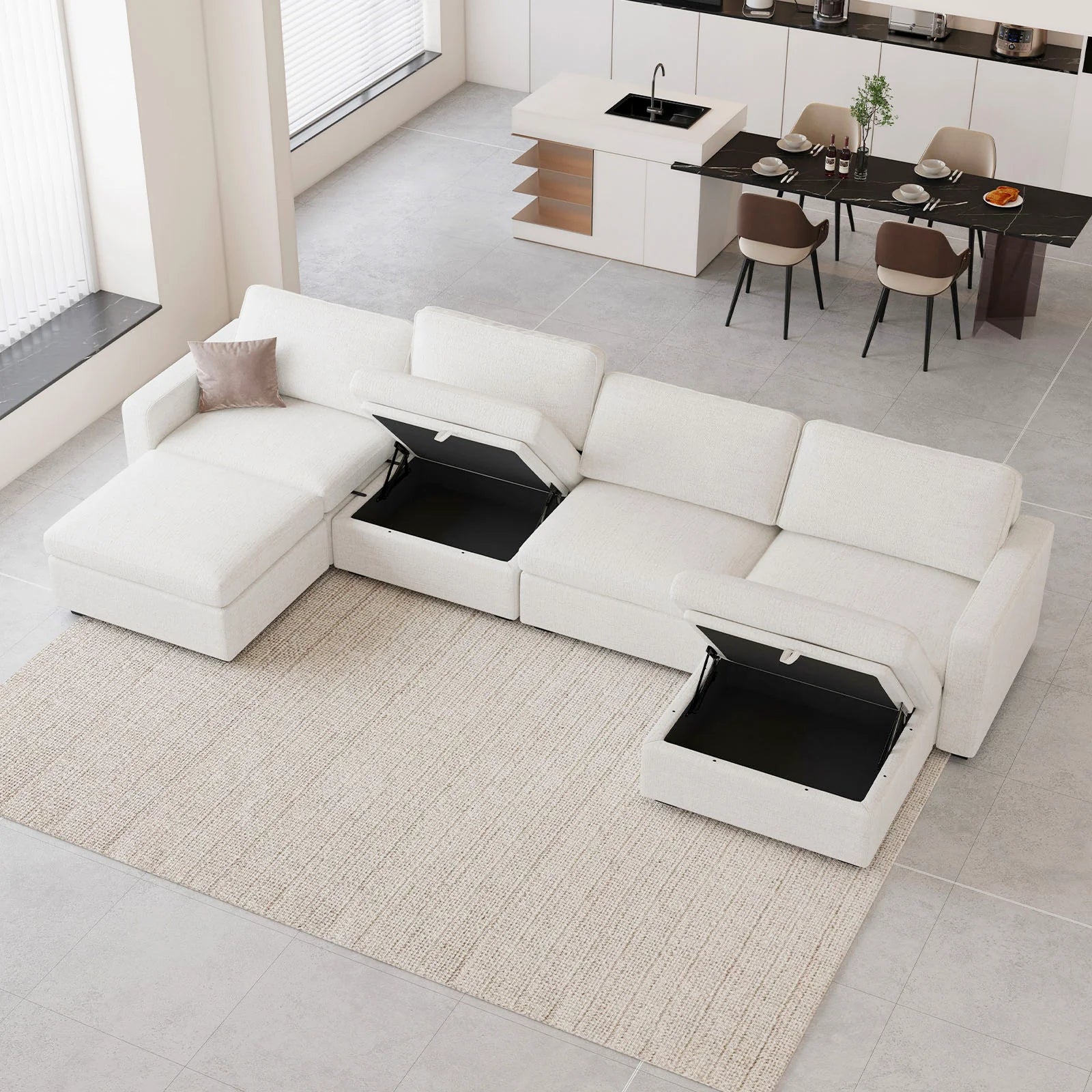
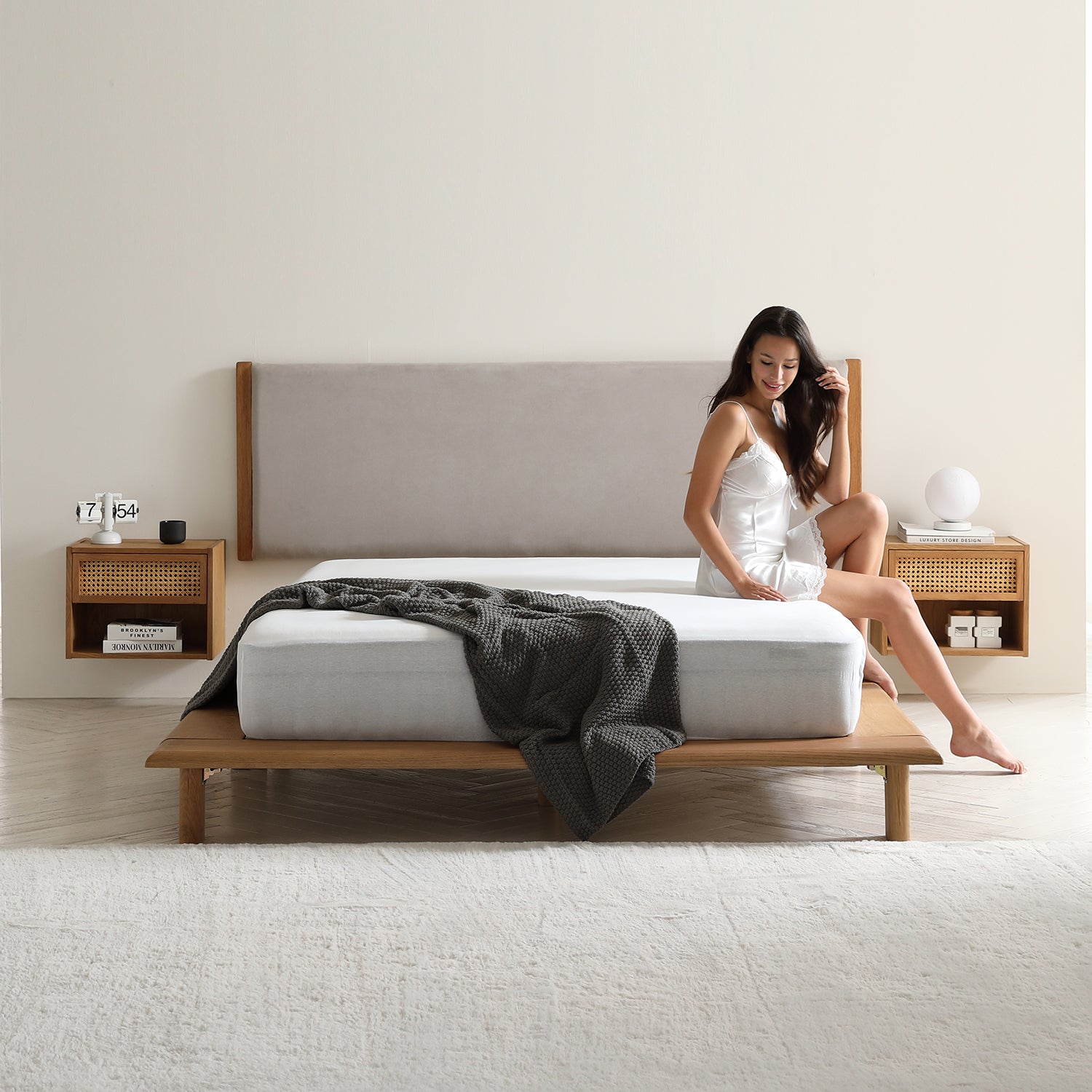
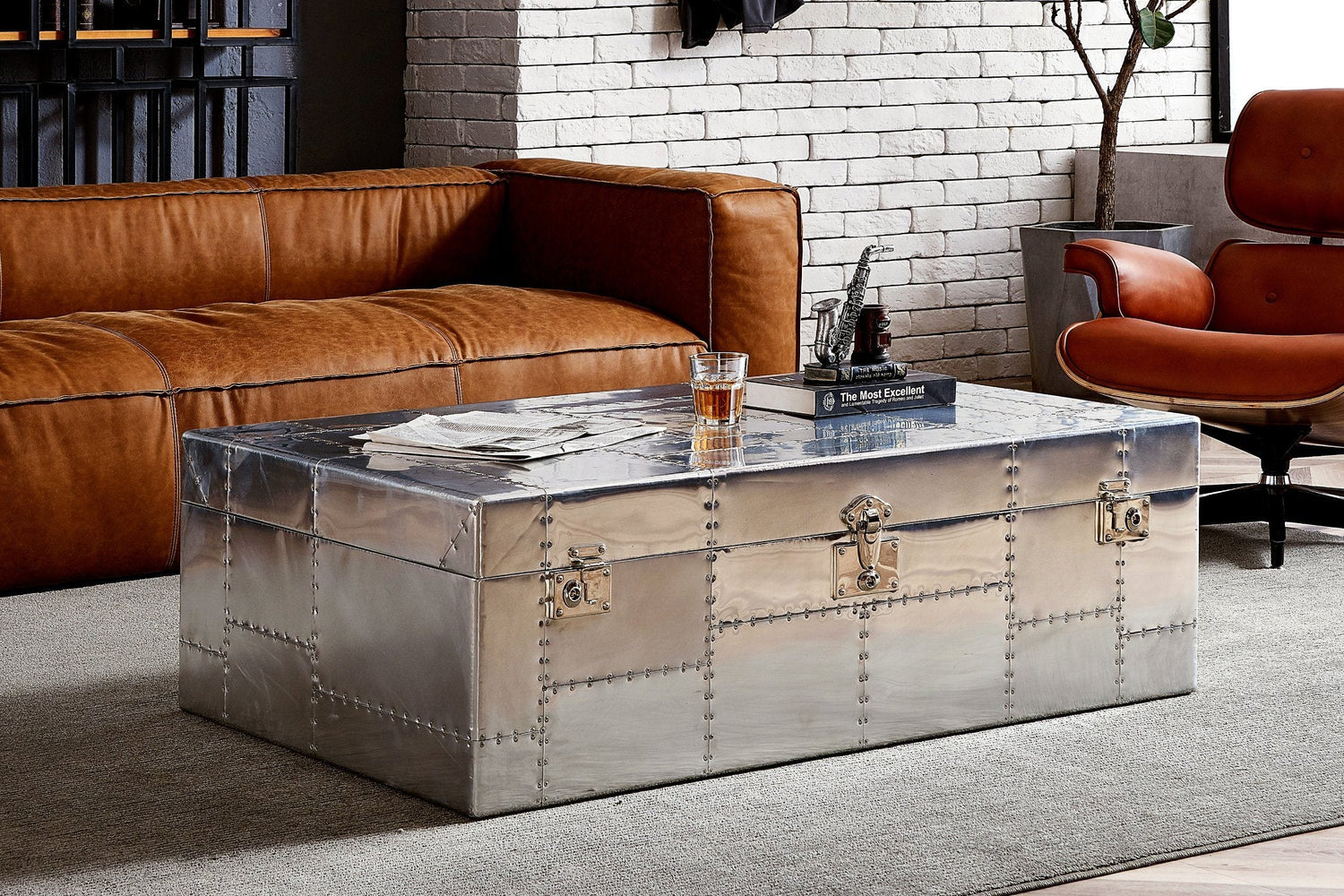
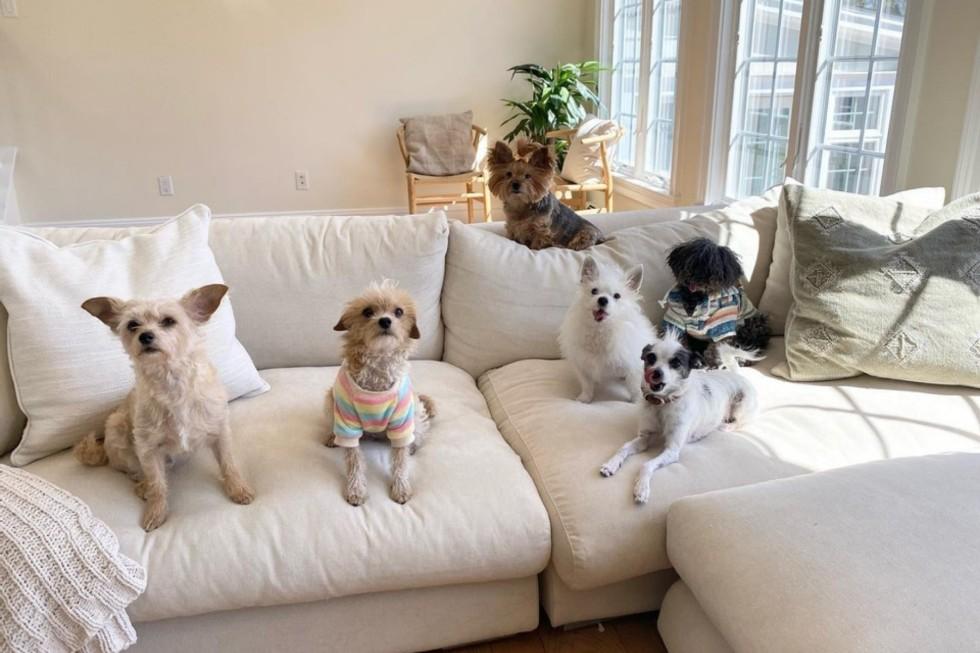


Leave a comment
All comments are moderated before being published.
This site is protected by hCaptcha and the hCaptcha Privacy Policy and Terms of Service apply.